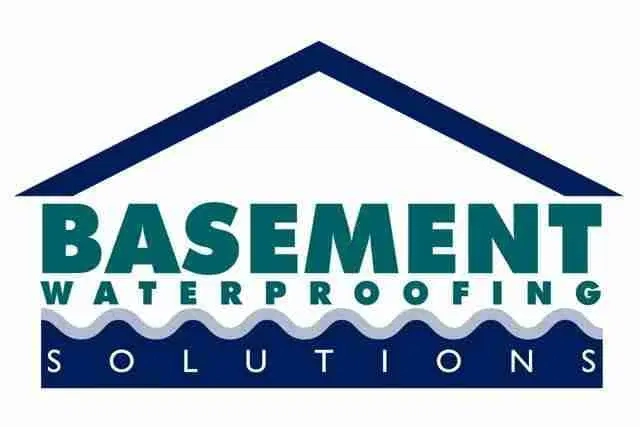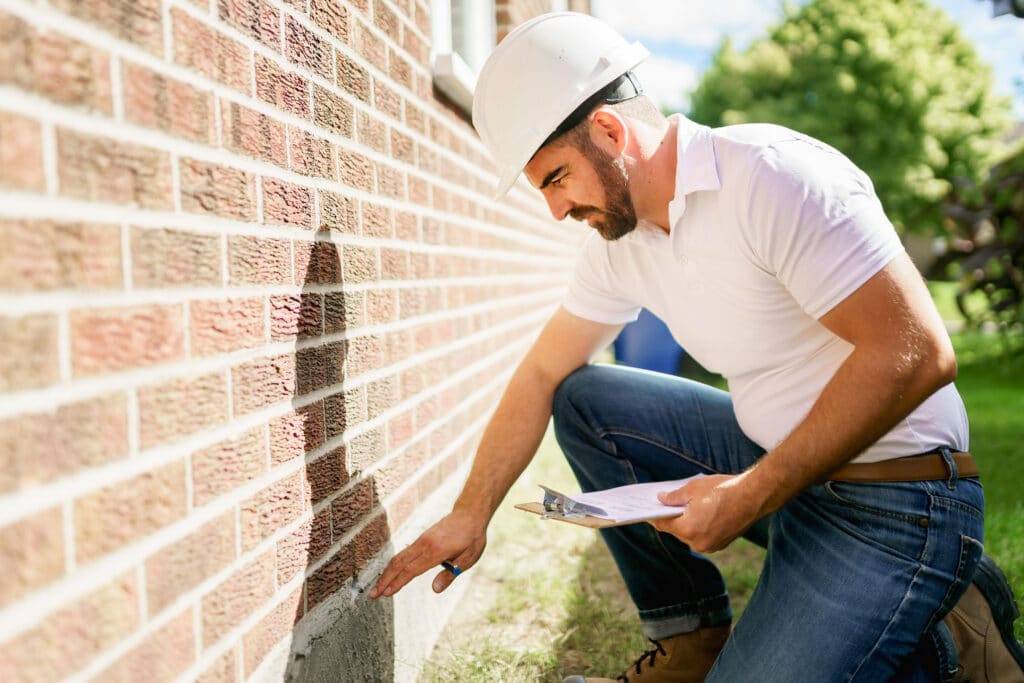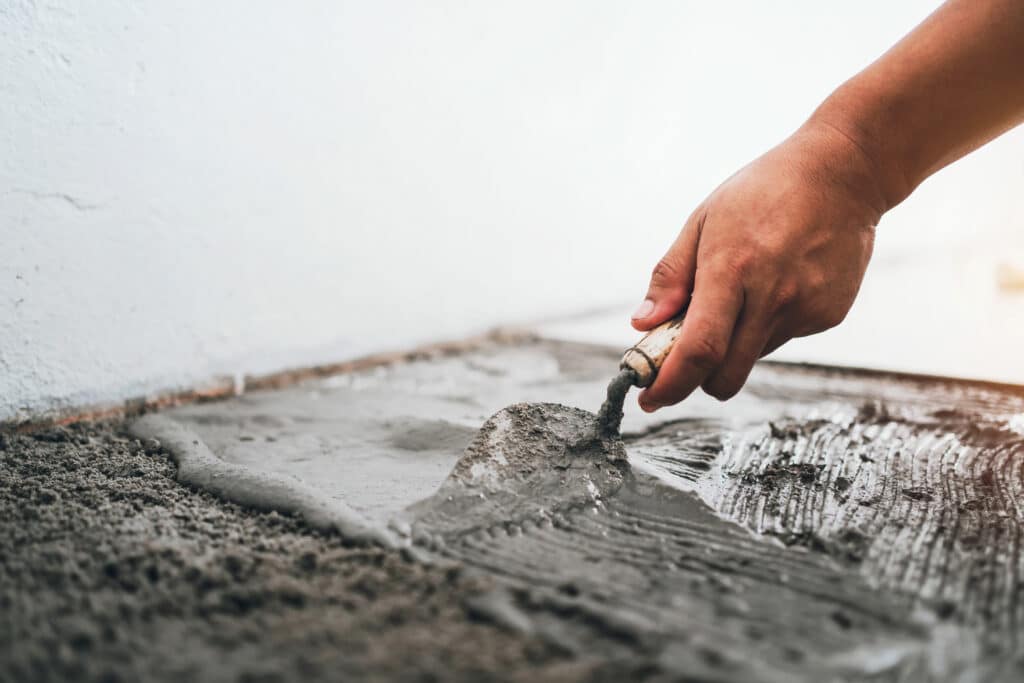Common Causes of Foundation Problems in Lancaster
A home in Lancaster might experience foundation issues for a variety of reasons. Some are specific to the local environment, while others are widespread nationwide. They include:
- Standing water: Water accumulation around your home can be a menace to your foundation, especially when it gathers in areas your drainage system doesn't protect.
- Improper modifications: Roofing or landscaping work that wasn't performed properly could lead to your foundation settling.
- Aging plumbing: The average Lancaster home construction year is 1970. If you live in an older home, it's likely to have cast-iron plumbing. When the pipes start to erode, leakage could reach your foundation and even pool beneath it.
- Tree Roots: Tree roots can intrude into a home's foundation through crevices, and may apply force that results in your foundation fracturing, pipes being damaged, and overall structural weakening.
How to Choose the Best Foundation Repair Company
When choosing a foundation contractor, you should consider your personal priorities. Ask each company on your list about the following qualities.
Licensing and Experience
According to the Pennsylvania Attorney General, foundation contractors must register with the commonwealth if they make between $5,000 and $50 million in annual revenue. Registration doesn't involve exams, but it does show a contractor meets bond, insurance, and background check requirements. Talk to staff to gain further insight into a company's experience. You should ask about local building codes, permit ordinances and inspection processes.
Another way to evaluate a company's reputation is to check its website. There, you can learn how long it's been in business and its trade qualifications. It might also share knowledge and insights through blog posts, podcasts, or videos.
Customer Reviews
Before choosing a company, check its online profile with the Better Business Bureau (BBB). You can examine both positive reviews and complaints. Remember that negative feedback doesn't necessarily mean a contractor is unqualified. BBB comments also show how companies resolve complaints. A proactive team that aims to achieve amicable outcomes is a good one. Steer clear of a contractor if you don't see good communication about problems.
Foundation Repair Cost in Lancaster
The price of foundation repair can range widely depending on the scale of the issues and what's necessary to resolve them. For minor foundation cracking and settling issues, you may pay as little as $1,900. However, if there is considerable damage, the average cost falls at about $3,200. More involved projects involving excavating, helical piers, or major mudjacking could cost upwards of $7,000. See below the average foundation repair costs for common issues.
| Common Foundation Repair Services | Average Cost |
|---|---|
| Crack Repair | $378 |
| Leak Repair | $3,085 |
| Stabilization | $5,376 |
| Underpinning | $1,448 |
| Waterproofing | $3,412 |
Ready to Get a Quote on Your Foundation Repair Project?
Please enter a valid 5-digit zip code!
Frequently Asked Questions About Foundation Repair in Lancaster
What will I pay to repair my foundation in Lancaster?
Can a foundation always be fixed?
What are some signs I need foundation waterproofing?
- Hairline cracks
- Discoloration or odors
- Plumbing leaks
- Flooding
- Mold and mildew
- Uneven floors
What preventive measures can I take to avoid foundation issues?
- Make sure your home's gutters and downspouts are in good condition and direct water away from your foundation to avoid water accumulation.
- Irrigate the soil around your foundation evenly, especially during dry spells, to prevent shrinking and expansion.
- If possible, grade the soil around your home to slope away from your foundation, promoting water drainage and reducing the risk of foundation issues.
- Keep an eye on your foundation for signs of damage, and address any issues promptly.
To share feedback or ask a question about this article, send a note to our Reviews Team at reviewsteam@thisoldhousereviews.com.
More Foundation Resources
National Foundation Repair Ranking Methodology
Sources
U.S. Census Bureau (American Communities Survey)
















